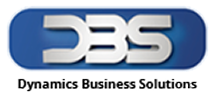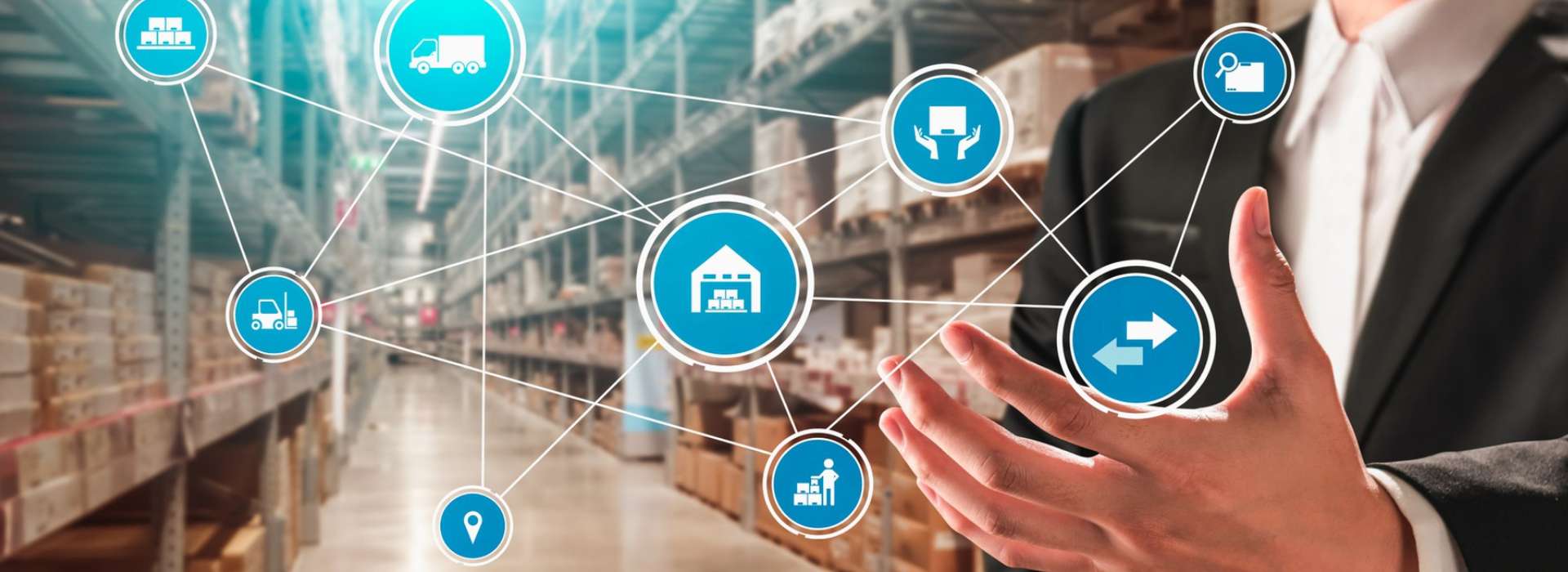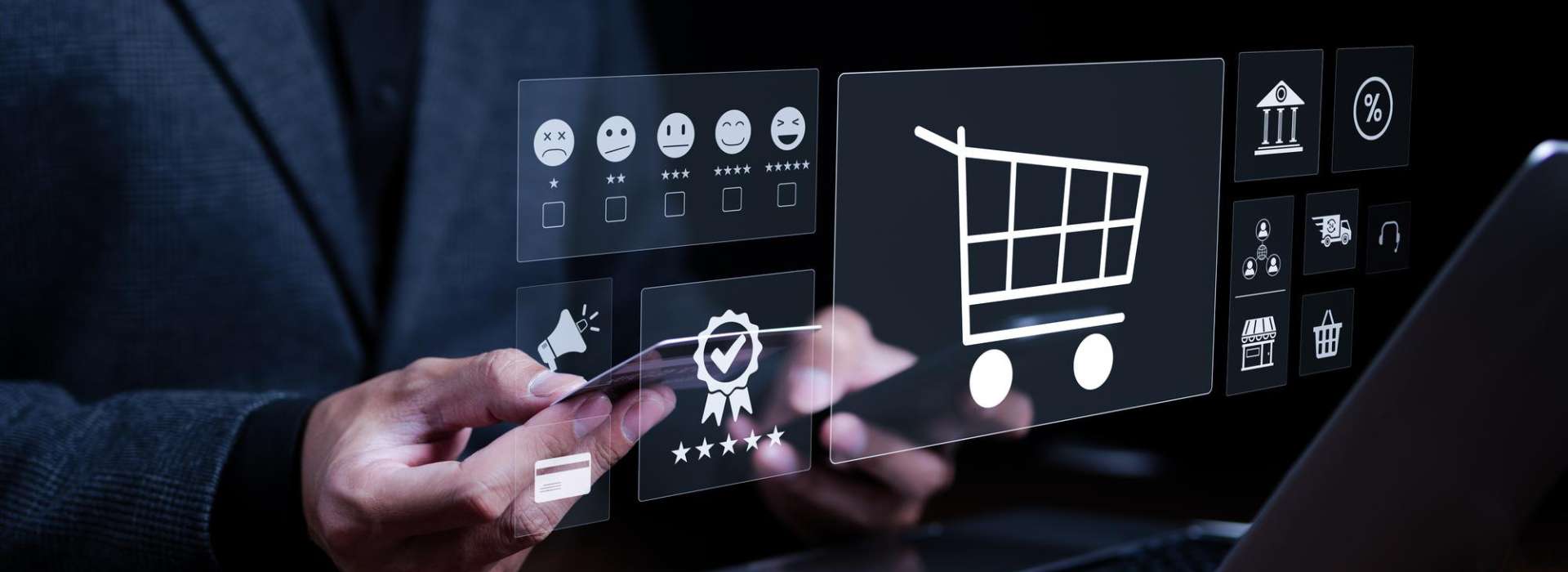Employee self service software has become the life-blood of modern HR management. Research shows 95% of HR leaders plan to invest in such technology within the next 12 months. The surge in adoption makes sense given the challenges HR departments face today.
The numbers paint a clear picture. HR leaders report that 75% of their managers feel overwhelmed, and all but one of these companies struggle with strategic workforce planning. Employee satisfaction presents another challenge – only 22% of workers say their expectations were exceeded during hiring. A self service HR system provides a powerful solution to these challenges. Employee self service benefits substantially reduce administrative burdens and improve accuracy. Research reveals that 61% of consumers prefer to handle minor issues themselves, and employees share this preference. Organizations that utilize a complete self service HR software platform can streamline everything from personal information updates to vacation day tracking. This approach lets HR teams focus on strategic initiatives effectively.
What is Employee Self Service Software?
Employee self service (ESS) software has transformed HR management by giving staff the ability to handle their HR-related tasks on their own. The system serves as a central platform where employees can manage personal information and complete routine HR processes without help from HR staff.
How ESS works in modern HR systems
Today’s ESS software runs through a secure portal that staff can reach via their organization’s intranet or through Human Capital Management (HCM) software. Staff members get their own login details to use the system anytime from any internet-connected device. Remote and hybrid workers find this especially useful as it keeps them connected to their organization.
The system blends data on a single platform to maintain accuracy and remove duplicate tasks. Security remains tight with customized access rights based on employee roles. Many systems let supervisors approve requests, which speeds up administrative tasks.
Key features of a self service HR system
A complete self service HR system has these core functions:
- Personal information management: Staff can update contact details, emergency contacts, and tax withholding information
- Payroll access: Employees can see pay stubs, tax statements, and manage direct deposit details
- Time and attendance: Work hours tracking, time off requests, and schedule management
- Benefits administration: Sign-up for health insurance and other benefits programs
- Document access: Quick retrieval of important HR documents and policies
The latest ESS platforms now use AI features like chatbots that handle 60-70% of common HR questions. They also offer learning management systems and social hubs where employees can connect with coworkers.
Why ESS is gaining popularity
ESS use keeps growing because it helps both employees and organizations. Research shows 82% of American workers can now use online self-service portals. Several factors drive this trend.
Organizations that use complete ESS solutions cut HR administration costs by 30% on average. Companies with successful self-service systems have a staff-to-employee ratio of 1:151, while those without it have 1:99.
Employees love the convenience and control. The American Payroll Association reports that workers prefer to manage their own information, especially for payroll details, personal data updates, and time-off requests. About 67% of people would rather find answers themselves than ask someone directly.
Top Benefits of Employee Self Service for HR Teams
Employee self-service software brings major benefits to HR departments dealing with administrative overload. Let’s take a closer look at how these systems change HR operations.
Reduces repetitive administrative tasks
HR teams spend countless hours handling routine paperwork and questions. ESS portals cut down administrative workloads by a lot – nearly one-third of organizations confirm this. Employees can manage their own information, which lets HR professionals focus on talent development and employee participation. Companies using detailed ESS solutions see their HR administration costs drop by 30% on average, as automation removes much of the administrative load.
Improves data accuracy and compliance
One in three organizations list inaccurate employee data as their main compliance worry. Employee-managed information updates reduce the risk of manual data entry errors. This higher accuracy will give a better regulatory compliance and provides HR teams reliable data for decisions in real time.
Boosts employee engagement and satisfaction
Self-service HR systems encourage transparency by putting company announcements, policy updates, and critical documents in one place. This easy access builds trust throughout the organization. The ESS portals help run recognition programs and publicly celebrate employee achievements, which leads to happier employees.
Enables faster response times
Automated workflows direct employee changes and requests to the right administrators, making response times 50% faster. Employees get instant answers through self-service channels instead of waiting for HR to intervene.
Supports remote and hybrid workforces
Self-service HR software connects distributed teams by giving them HR information access from anywhere. These systems work great for organizations with remote employees as a central communication platform, building team spirit even in virtual settings. Remote work has tripled between 2019 and 2021, making these systems crucial for supporting different work arrangements.
How to Successfully Implement an ESS System
Employee self service software needs careful planning and execution to succeed. A well-executed system can cut administrative costs by 30%.
Choosing the right self service HR software
Your organization’s specific needs should be clear before researching vendors. Stakeholders—HR team members, leaders, and employees—need a survey to understand their pain points. The evaluation of self service HR systems should focus on growth potential, simple user interface, and mobile access. Your software should merge with existing business systems to avoid data silos. Yes, it is true that 83% of employees would rather use a self-service portal than contact HR directly.
Training employees for smooth adoption
Training forms the life-blood of successful ESS implementation. Companies that train their employees well on new systems see user adoption rates jump by 60%. These training approaches work best:
- Multiple learning formats (in-person workshops and online tutorials)
- User-friendly guides and short how-to videos
- Ongoing learning options after the original training
Show how the portal makes daily tasks easier to reduce resistance naturally. The system’s benefits need regular communication through internal marketing campaigns.
Ensuring data security and privacy
ESS data security isn’t optional. Your system needs encryption for data in transit and storage, multi-factor authentication, and role-based access controls that match job responsibilities. Security audits and vulnerability checks help catch issues early. The system must follow data protection rules like GDPR and CCPA.
Integrating with payroll and ERP systems like Dynamics 365
ESS and Dynamics 365 Finance and Operations work together to streamline processes by automating data transfers. This setup needs proper data field mapping, validation checks, and secure connections. The Microsoft Dataverse creates smooth data flow between systems. This combination offers a detailed HR management solution.
The Future of HR: Automation, AI, and ESS Integration
AI has fundamentally changed how employee self service software works in modern organizations, and the HR technology world is changing faster than ever.
AI-powered assistants for employee queries
AI assistants have revolutionized employee interactions with HR systems. These intelligent tools now handle 80% of common HR processes and provide round-the-clock support for routine questions. Modern AI assistants use natural language processing to understand complex questions and remember past interactions, unlike traditional chatbots. IBM’s internal AskHR tool automated routine processes and saved one department 12,000 hours in a single quarter. Microsoft’s Employee Self-Service Agent now gets policy information from knowledge sources while merging personalized data from HR providers like Workday and ServiceNow.
Predictive analytics for workforce planning
Predictive analytics has revolutionized workforce management in self service HR systems. These tools analyze past data to forecast future staffing needs based on market trends and business requirements. HR teams now use these insights to spot employees at risk of leaving, suggest retention strategies, and review compensation structures during salary evaluations. The system can also model scenarios like layoffs or department expansions with financial effect analysis. This enables teams to plan their workforce proactively rather than reactively.
ESS as part of a cloud based payroll system
Cloud-based payroll integration marks a significant step forward in employee self service benefits. Embedded payroll—built directly into HR systems like Dynamo for Dynamics 365 FO—creates a unified approach that allows smooth data flow. Companies using these integrated solutions see better efficiency through lower administrative costs and fewer manual data entries. Updates from HR modules happen instantly, making payroll cycles shorter and more accurate. This has reduced errors in salary calculations and tax deductions.
Trends in ESS and HR tech for 2025 and beyond
The future of self service HR software through 2025 will include:
- Personalized learning systems that deliver custom training based on individual needs
- AI-powered talent marketplaces that connect employees with internal opportunities
- All-encompassing health strategies that bring mental health support into core HR initiatives
These advances are moving HR away from administrative tasks toward becoming a strategic business partner.
Dynamo Payroll: Smarter Self-Service for HR Success
In 2025, employees expect instant, transparent, and secure access to their HR and payroll data. Dynamo Payroll — Cloud-Based Payroll, Human Resources, and Employee Self-Service Software for Microsoft Dynamics 365 Finance and Operations (FO) — delivers exactly that with its modern Employee Self-Service (ESS) capabilities.
Empower Employees, Build Satisfaction
Dynamo Payroll’s ESS portal gives employees direct access to their payslips, leave balances, attendance records, and personal information updates — all from any device, at any time. This level of transparency builds trust and improves employee satisfaction by reducing dependency on HR teams for routine queries.
Lighten HR Workload, Focus on Strategy
By automating tasks like leave requests, approvals, document management, and payslip distribution, Dynamo Payroll frees HR teams from repetitive manual work. This allows HR professionals to redirect their efforts towards high-impact initiatives like talent development, workforce planning, and employee engagement.
Integrated, Secure, and Future-Ready
As a native solution for Dynamics 365 FO, Dynamo Payroll ensures seamless data flow between HR, finance, and operations. Enterprise-grade cloud security keeps sensitive employee data protected while supporting business continuity and growth.
DynaPay: Smarter Self-Service for Growing Businesses
In today’s fast-moving business world, employees expect easy and secure access to their HR information. DynaPay — Human Resources & Payroll Solution for Microsoft Dynamics 365 Business Central (BC) — offers exactly that through its modern Employee Self-Service (ESS) features designed for small and medium-sized businesses.
Empower Employees, Increase Satisfaction
With DynaPay’s ESS portal, employees can view payslips, request leave, update personal details, and check attendance records anytime, anywhere. This builds transparency, reduces unnecessary queries, and helps employees feel more in control of their own HR data — leading to greater satisfaction and engagement.
Reduce HR Admin Workload
DynaPay automates everyday HR tasks such as leave approvals, payslip sharing, and document management. This reduces manual admin work for HR teams and frees them to focus on more strategic priorities like employee development, engagement, and retention.
Seamless Integration, Secure Access
Built natively for Dynamics 365 BC, DynaPay ensures smooth data flow between payroll, HR, and finance, eliminating duplication and errors. Plus, with cloud-based security, your employee data stays safe while supporting remote access and flexible work models.
Dynamics Business Solutions (DBS) is certified Microsoft Dynamics partner in UAE, we take pride in our ability to develop and deploy the right business solution that matches global client’s requirements. DBS has developed in-house state of the art solutions for HR and Payroll, Dynamo and DynaPay on top of Microsoft Dynamics 365 FO and Business Central respectively. These solutions are catering the all business needs of HR and Payroll departments. We provide best services and support to our clients.
To know more, speak to our expert at Dubai: +971 4 447 5525 Jeddah: +966 508162072 or inbox us your query at info@dynamics.ae OR visit www.dynamics.ae
Conclusion
ESS software works as a game-changing tool for modern HR departments. This piece shows how ESS turns administrative burdens into strategic advantages for organizations of all sizes.
ESS reduces repetitive tasks by a lot and cuts HR administration costs by 30% while improving data accuracy. This change lets HR professionals focus on what matters most—developing talent and building stronger workplace cultures. It also gives employees round-the-clock access to their information, and they feel more connected and satisfied with their workplace experience.
Remote work keeps reshaping our employment world, which makes ESS platforms a must-have rather than optional. These systems connect distributed teams effectively whatever their physical location.
The returns far exceed the original investment though ESS needs careful planning. Of course, organizations must pick the right software, train staff well, and keep strong security measures. Cloud-based solutions like Dynamo Payroll for Dynamics 365 Finance and Operations merge these processes and ensure uninterrupted data flow between HR and payroll systems.
AI-powered assistants and predictive analytics will boost ESS capabilities in the future. DynaPay Human Resources & Payroll solution for Dynamics 365 Business Central shows this next generation of integrated HR technology. It combines employee self-service, payroll processing, and strategic workforce planning into one detailed system.
ESS software isn’t just a convenience—it’s a strategic must-have for forward-thinking organizations. These systems turn HR from a cost center into a value creator to streamline processes and improve employee satisfaction. Your organization’s success depends not on whether to invest in ESS software, but on how fast you can implement it to remain competitive in today’s dynamic business environment.
FAQs
Q1. What are the main benefits of employee self-service software for HR teams?
Employee self-service software significantly reduces administrative tasks, improves data accuracy, boosts employee engagement, enables faster response times, and supports remote and hybrid workforces. It allows HR teams to focus on strategic initiatives while empowering employees to manage their own information.
Q2. How does employee self-service software support remote and hybrid work environments?
ESS software provides a centralized platform for communication and access to HR information, regardless of employee location. It serves as a vital connection for distributed teams, allowing them to manage their HR-related tasks and stay connected with the organization, which is especially crucial as remote work continues to grow.
Q3. What key features should organizations look for in a self-service HR system?
A comprehensive self-service HR system should include personal information management, payroll access, time and attendance tracking, benefits administration, and document access. More advanced systems may also incorporate AI-powered features like chatbots, learning management systems, and social collaboration hubs.
Q4. How can organizations ensure successful implementation of an ESS system?
Successful implementation involves choosing the right software that meets organizational needs, providing thorough training for employees, ensuring data security and privacy, and integrating the system with existing payroll and ERP systems. Regular communication about the system’s availability and value is also crucial for adoption.
Q5. What future trends can we expect in employee self-service software?
Future trends in ESS software include AI-powered assistants for employee queries, predictive analytics for workforce planning, integration with cloud-based payroll systems, and personalized learning systems. We can also expect to see AI-powered talent marketplaces and increased focus on holistic health strategies integrated into HR initiatives.




